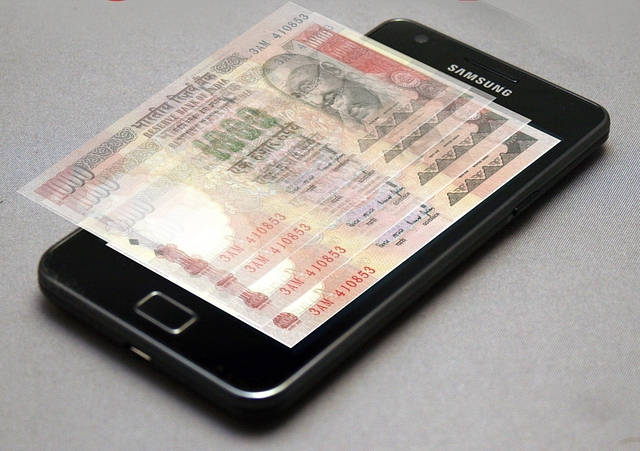
How Indian FinTech Companies Are Adapting To The Cashless Drive
FinTech firms in India are gearing up for increased patronage by bringing out more features.
With each passing day, the effects of the Prime Minister Narendra Modi’s recent demonetisation drive are becoming more prominent. Small traders and businessmen, who mainly deal with cash on a daily basis are the most affected. Some of them have however, managed to migrate to a cashless platform using digital wallets or by using Unified Payment Interface (UPI). Keeping these in mind, the Financial Technology (FinTech) sector has successfully managed to adapt to the situation. While some new changes have been implemented prior to the demonetisation, they still make transacting easier for the common man.
The National Payments Corporation of India (NPCI) has started the process for setting up the much-needed infrastructure for a relatively smooth transition towards a cashless economy, but what are other financial technology firms doing?
Here are a few of the changes that FinTech firms have successfully managed to apply to keep up with new challenges.
Ease of payment
Till last year, if a Paytm customer had to pay a vendor or merchant at the outlet, they would have to wait for a One Time Password (OTP). Last year, Paytm and MobiKwik both updated their systems to use a QR code to enable payments. Thus, a merchant only had to display a QR code, which could then be used for payments. This reduced waiting time at shops for those looking to pay quickly and leave. Paytm went ahead and allowed merchants to offer customised QR codes for custom amounts to be paid. Similarly, mobile point-of-sale device manufacturer Ezetap tied up with Paytm and MobiKwik to enable faster payments using different wallets at stores which used an Ezetap device. Today, a vendor or a merchant only has to keep a QR code for the customer can scan and pay. It has become popular that even auto-rickshaw drivers have begun accepting payments digitally.
Localisation
The biggest barrier for any establishment in India is language. Not everyone is well-versed with English, and thus, it is important that each platform has a localised interface to allow those who want to use a different language they are comfortable with. A week after the demonetisation of high-value notes was announced, Paytm rolled-out an updated version its app that saw a multilingual interface with 10 languages supported initially. Having a multilingual app certainly will help both the payment platform get more takers in Tier-II and Tier-III cities, where English is not a preferred language. This could be a reason why UPI hasn’t taken off as much as Paytm or MobiKwik in non-urban areas due to a lack of a localised application.
Adapting to the Indian Data Market
Jio might be offering free 4G data to users but not everybody has a connection. In fact, many people, especially in rural areas still use 2G connections, either due to the prohibitive cost of getting 3G or due to poor connectivity. At the same time, not everyone can afford or would want to purchase an expensive phone if their existing one is slow. MobiKwik managed to find a workaround to this by offering a ‘Lite’ version of its app called MobiKwik Lite. The app is available on the Android platform, including the older ones, as well as for those, who don’t have an email address. The app is compact, and is well suited to local data conditions that plague our otherwise thriving smartphone market.
Reduced charges
The biggest drawback with wallets so far has been reverse transactions. Loading a wallet with money is free, but sending the money back was not. With wallets charging as much as 4 percent for non-KYC compliant customers, transferring money to the bank became an expensive affair. However, in the current scenario, both Paytm and MobiKwik announced cuts in the transaction charge. While Paytm reduced it to 1 percent, MobiKwik announced that there would be no transaction charge until 31 December 2016. This has encouraged an increase in wallet-based transactions.
The FinTech market has done well in adapting to the demonetisation drive by ensuring proper inclusion of those who were earlier unable to be part of their ecosystem, as well as making it easier for both and existing users to transact without cash. Both, the NPCI and wallet service providers are aggressively promoting their products with newer ways to attract the common man to their fold. Both service providers and the customers must keep in mind that a steady transition to cashless platforms increased productivity levels in Kenya, and the same can definitely hold true for India.